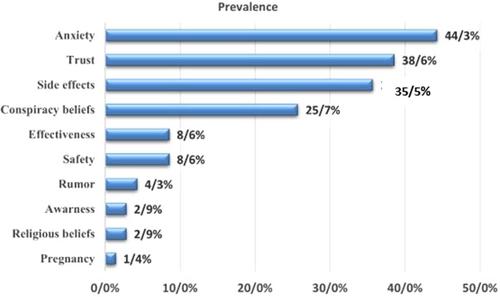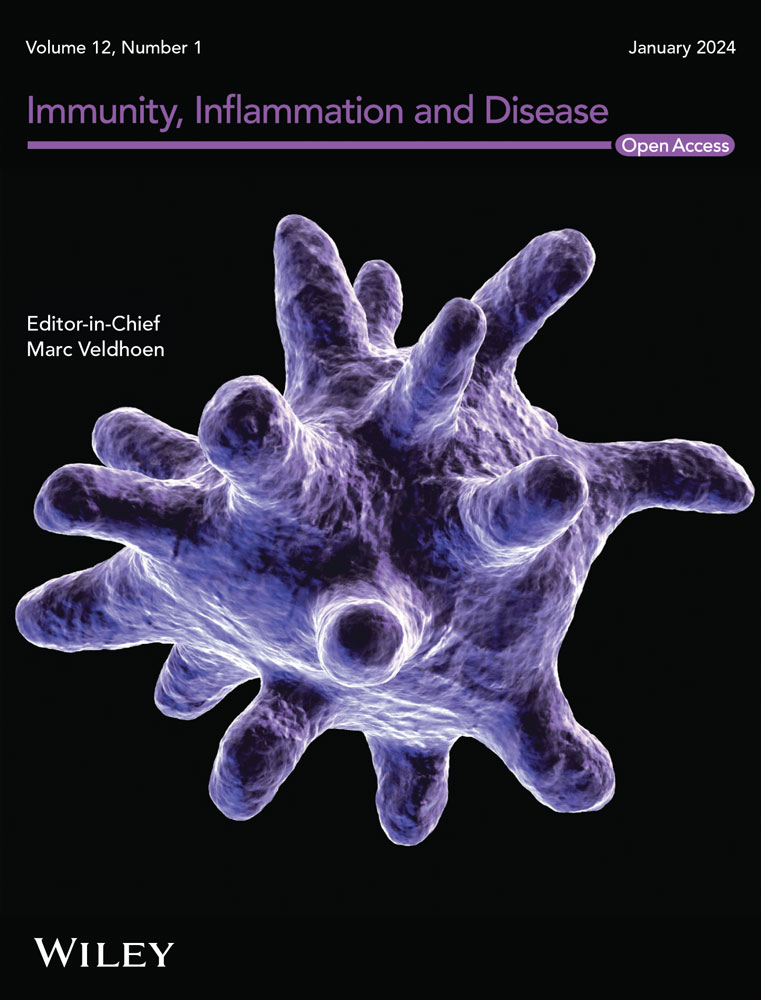Despite the advent of vaccines against COVID-19, there is considerable variation in the acceptance and hesitancy towards the vaccination program across different countries. The objective of this study was to ascertain the prevalence of hesitancy and acceptance regarding the use of the vaccine against the novel coronavirus, also known as COVID-19, and to identify the factors that influence these attitudes.
All the cross-sectional studies were retrieved from the PubMed databases, the Web of Science ISI, Scopus, and the Cochrane Library. Papers published in English between 2 November 2019 and 23 May 2023 were subjected to further assessment based on their title, abstract, and main text, with a view to ensuring their relevance to the present study.
Following an exhaustive investigation, 59 studies were selected for screening in this systematic review. The most frequently employed method of data collection was the online survey. The study sample comprised 59.12% women and 40.88% men, with ages ranging from 16 to 78 years. The proportion of individuals accepting the vaccine ranged from 13% to 96%, while the proportion of those exhibiting hesitancy ranged from 0% to 57.5%. The primary reasons for accepting the COIVD-19 vaccine were a heightened perception of risk associated with the virus and a general trust in the healthcare system. The most frequently cited reasons for vaccine hesitancy in the context of the ongoing pandemic include concerns about the potential dangers of the vaccines, the rapid pace of their development, the possibility of adverse effects (such as infertility or death), and the assumption that they have been designed to inject microchips.
A variety of socio-demographic factors are implicated in determining the rate of vaccine acceptance. A number of socio-demographic factors have been identified as influencing vaccine acceptance. These include high income, male gender, older age, marriage, the presence of older children who have been vaccinated and do not have chronic diseases, high education, and health insurance coverage.
Eliminating vaccine hesitancy or increasing vaccine acceptance is a crucial factor that should be addressed through various means and in collaboration with regulatory and healthcare organizations.



